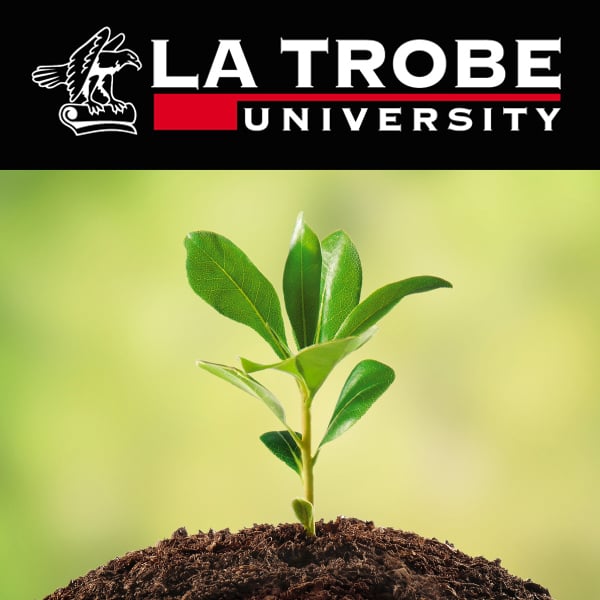Plant Hormones III (handout)
Description
The third and final lecture on plant hormones is about brewing beer and Prince. No, of course not, but both are used as examples for the effects of gibberellins and abscisic acid.
Gibberellins were first discovered in "foolish rice" (or banana) where a fungal infection results in increased levels of gibberellins and very long, extended internodes. They are a large group of compounds (more than 120 gibberellins are known) and also stimulate seed germination, an effect that is taken advantage of in the malting process. Plants with lower amounts of gibberellins are referred to as "dwarf" mutants and have played an important role in the agricultural revolution.
Despite its name, abscisic acid is generally not involved (with a small number of exceptions) in leaf abscission. Instead, it plays a major role in all plant stress-related processes. Most importantly, closure of stomata as a result of waterstress is caused by abscisic acid. Another important role of absisic acid is the delay of seed germination - together with gibberellins this results in a very tight regulation.
Copyright 2012 La Trobe University, all rights reserved. Contact for permissions.
More Episodes
Over thousands of years, humans have "domesticated" wild type plants and animals through selective breeding. Examples from the plant world include the breeding of modern hybrid maize from teosinte, or the development of modern wheat from emmer.
As our knowledge of genomics and molecular...
Published 10/30/12
Published 10/30/12
Over thousands of years, humans have "domesticated" wild type plants and animals through selective breeding. Examples from the plant world include the breeding of modern hybrid maize from teosinte, or the development of modern wheat from emmer.
As our knowledge of genomics and molecular...
Published 10/30/12


